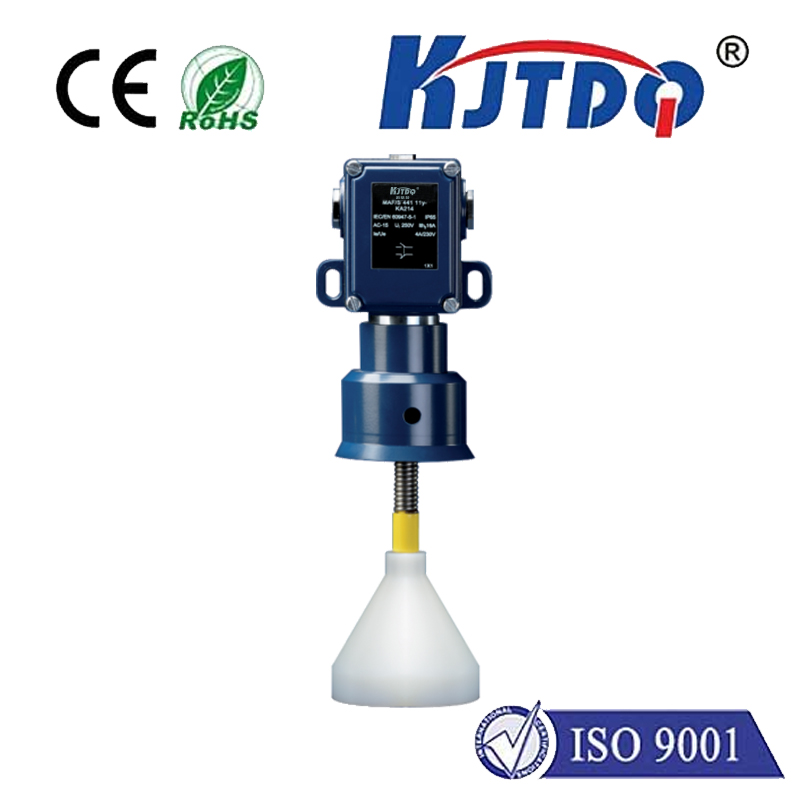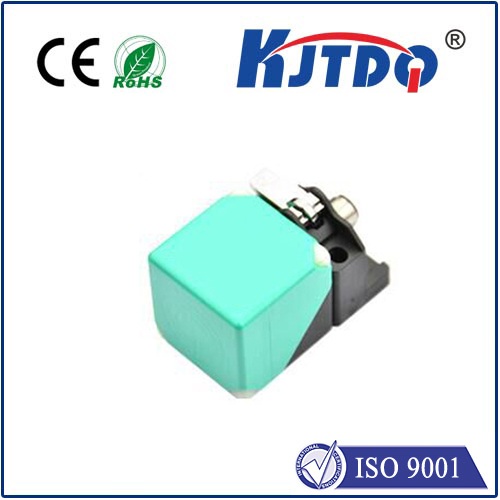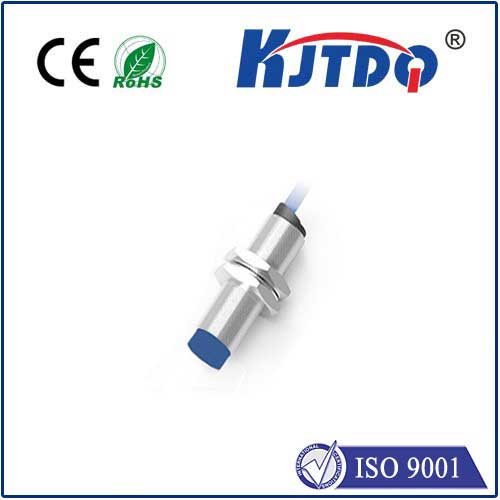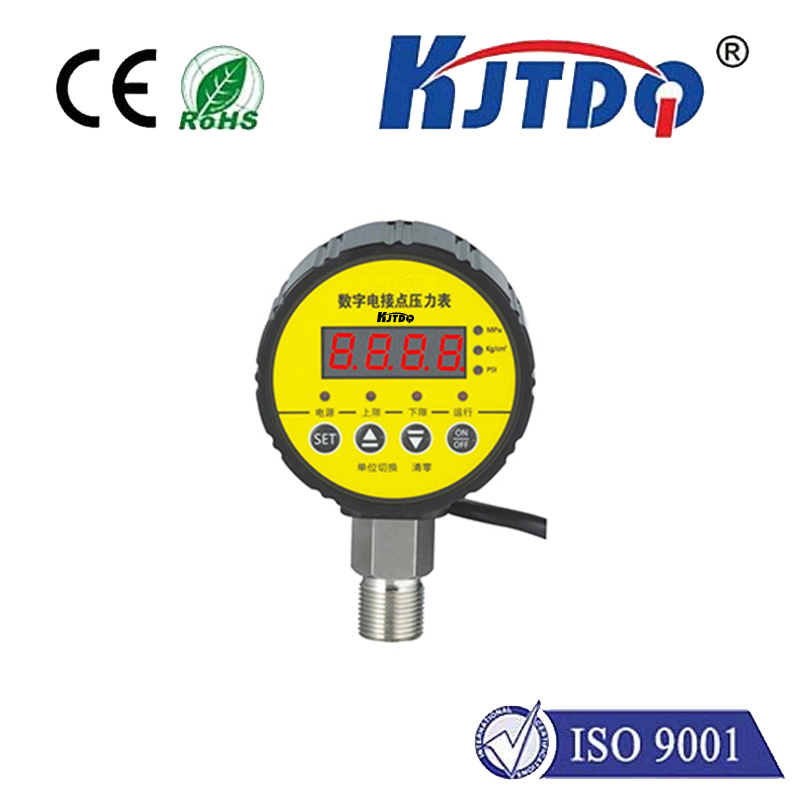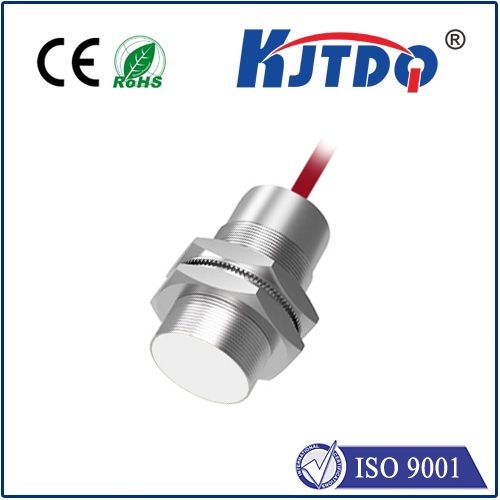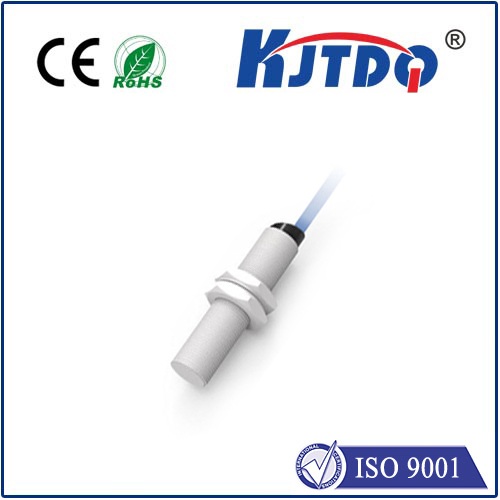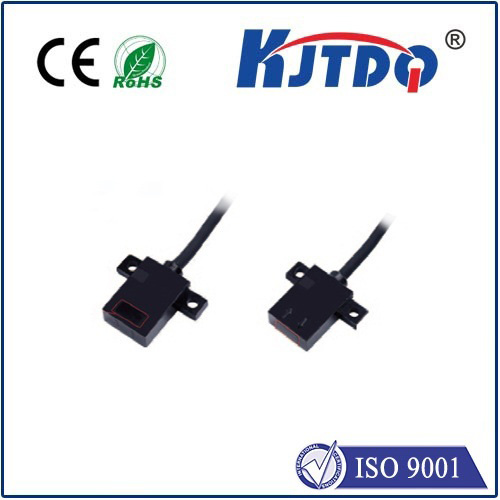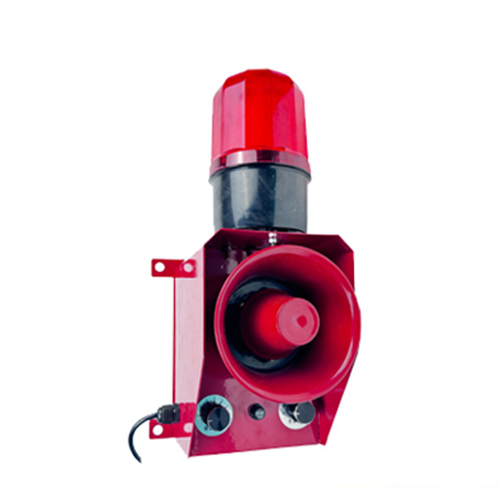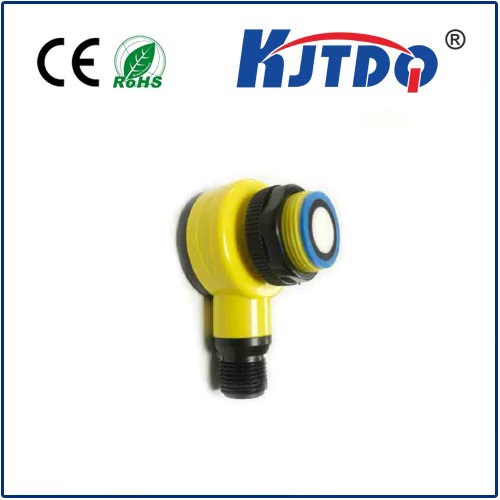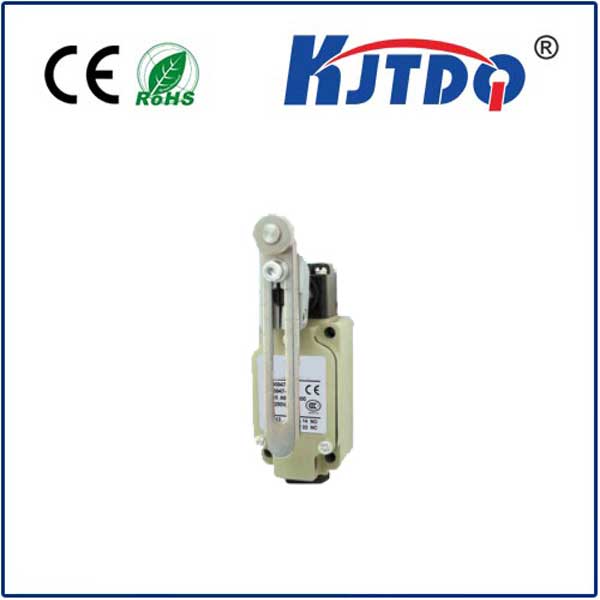

check

check

check

check
Optical Fiber Sensors: The Future of Precision Measurement
Optical fiber sensors have become an essential component in modern engineering and industrial applications, offering unparalleled precision, durability, and flexibility. Among the various types of optical fiber sensors, the FU-R77 model stands out for its advanced design and wide range of applications. This article explores the features, working principles, and advantages of the FU-R77 optical fiber sensor, highlighting its role in enhancing measurement accuracy and reliability in diverse environments.
The FU-R77 optical fiber sensor is designed to measure physical parameters such as strain, temperature, and pressure with high precision. It utilizes a fiber optic sensing technique that allows for non-contact measurement, making it ideal for use in harsh environments where traditional sensors may not be suitable. The sensor’s core component is a photonic crystal fiber, which enhances its sensitivity and signal transmission capabilities. This makes the FU-R77 particularly effective in monitoring structural health, environmental conditions, and mechanical vibrations.

One of the key advantages of the FU-R77 is its ability to provide real-time data. Unlike conventional sensors that require complex signal processing, the FU-R77 uses a direct optical signal transmission method, allowing for immediate feedback and rapid response. This feature is especially beneficial in applications such as structural monitoring, where timely data is crucial for maintenance and safety. The sensor’s compact size and ease of installation further contribute to its popularity in both industrial and research settings.
The working principle of the FU-R77 is based on the principle of light interference. When light is introduced into the sensor, it interacts with the fiber optic material, causing changes in the refractive index and thus altering the light’s wavelength or intensity. These changes are then detected by a photodetector, which converts the optical signal into an electrical signal. The resulting data can be processed and analyzed to provide accurate measurements of the physical parameters being monitored.
Another important aspect of the FU-R77 is its versatility. It can be adapted for various applications, including structural health monitoring, environmental monitoring, and industrial process control. Its ability to operate in extreme temperatures and humidity conditions makes it suitable for use in challenging environments. Additionally, the sensor’s modular design allows for easy integration with existing systems, making it a cost-effective solution for a wide range of applications.
In terms of performance, the FU-R77 has been tested under various conditions to ensure its reliability and accuracy. It has demonstrated excellent stability and consistency in different environments, making it a trusted choice for many industries. The sensor’s high signal-to-noise ratio ensures that even in noisy environments, the data remains clear and interpretable. This is particularly important in applications where the quality of the measurement directly impacts decision-making and safety.
The FU-R77 optical fiber sensor represents a significant advancement in the field of sensor technology. Its combination of high precision, real-time data acquisition, and adaptability makes it a valuable tool in modern engineering and industrial applications. As technology continues to evolve, the FU-R77 stands at the forefront of innovation, offering a reliable and efficient solution for measuring physical parameters with exceptional accuracy.
In conclusion, the FU-R77 optical fiber sensor is a groundbreaking technology that has transformed the way we measure and monitor physical parameters. Its advanced design, reliable performance, and adaptability make it an essential tool in a wide range of applications. As industries continue to push the boundaries of what is possible, the FU-R77 remains a key player in the development of smarter, more efficient measurement systems.
